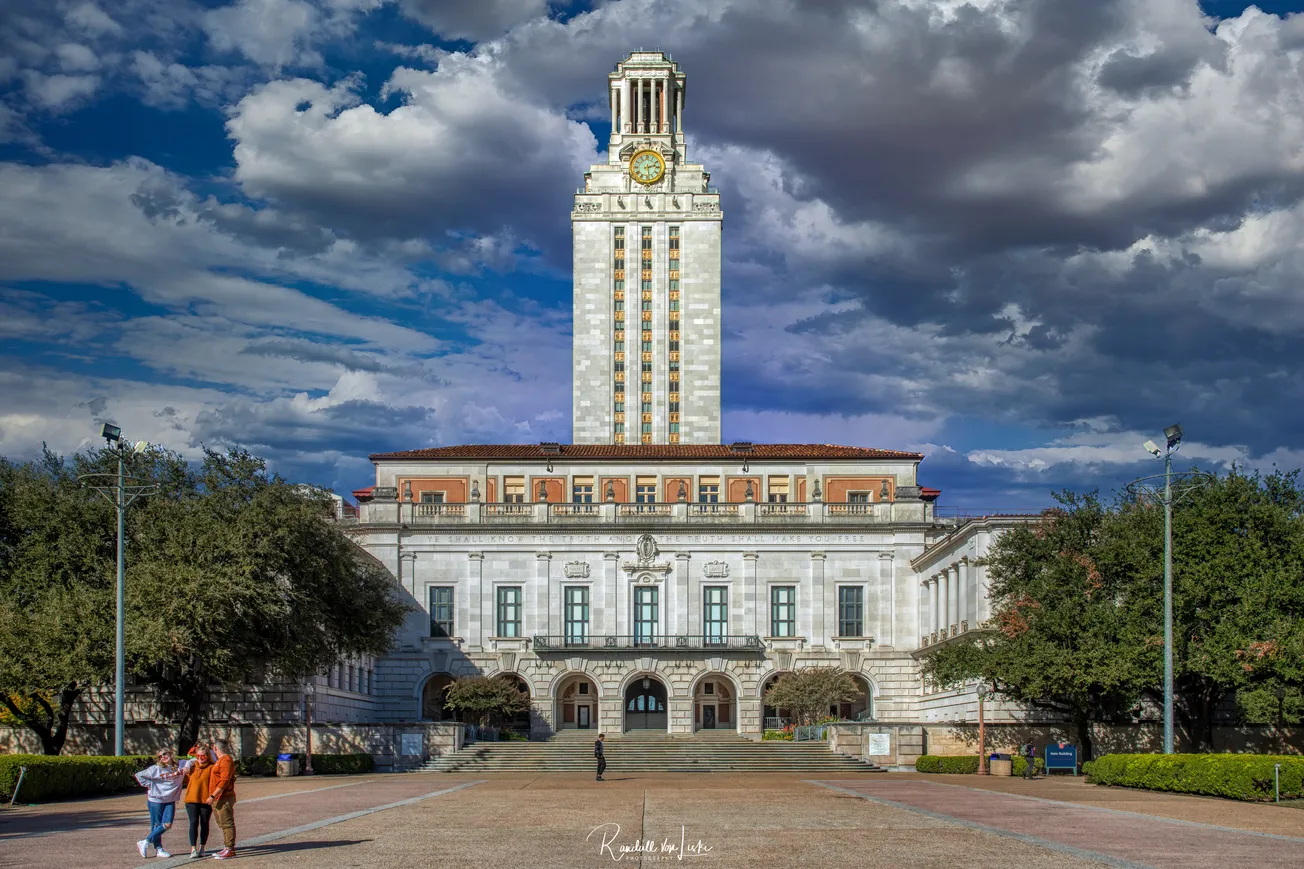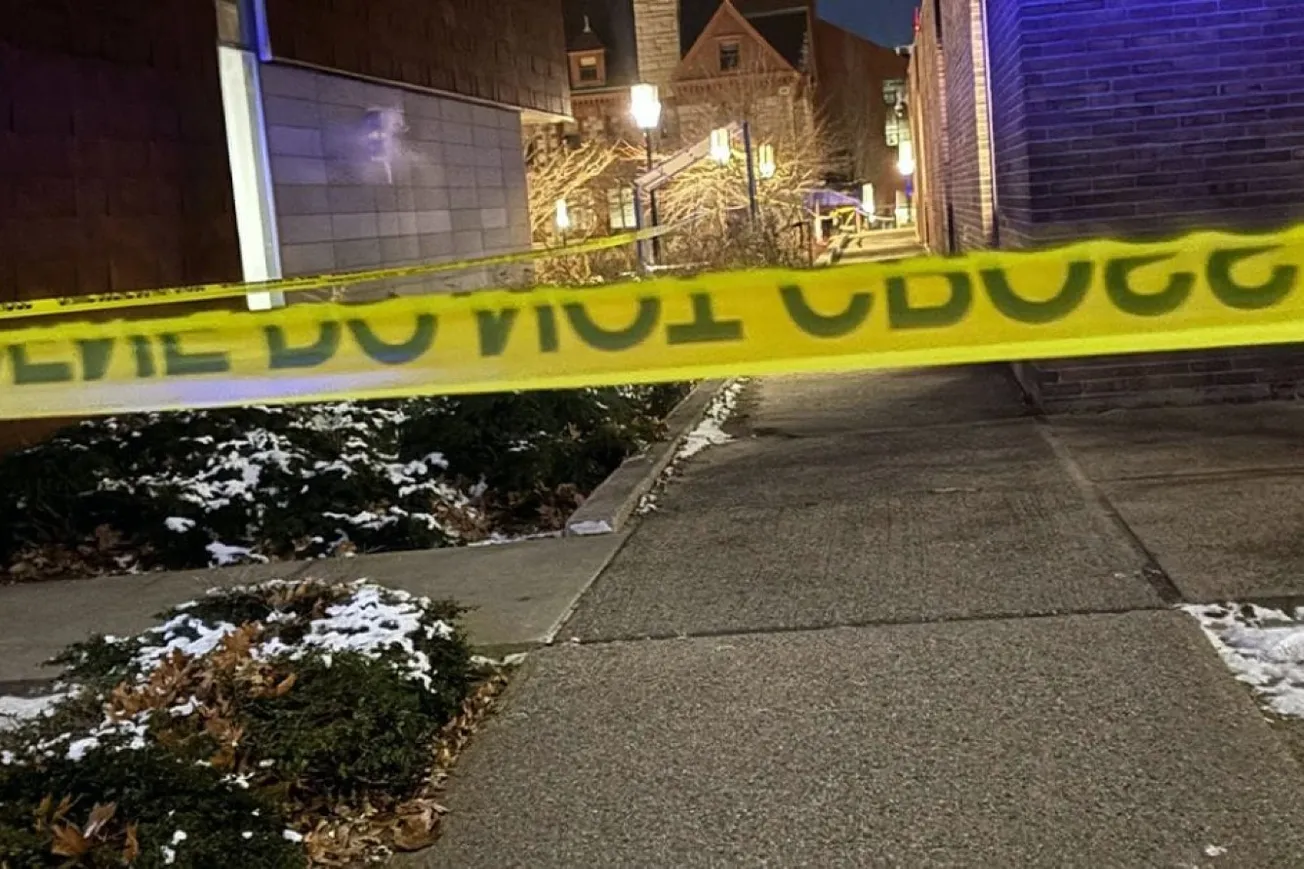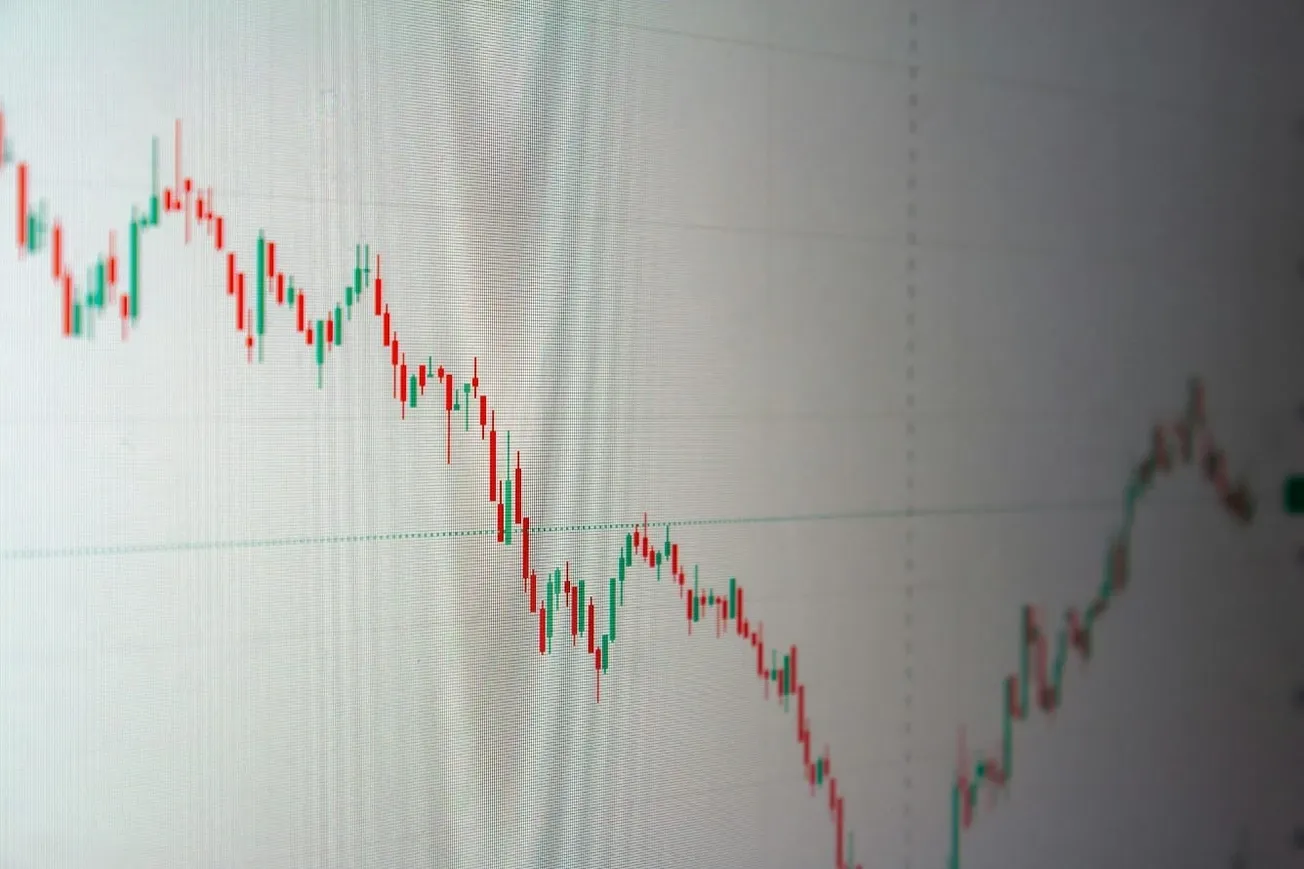The University of Texas, an elite public Ivy League university, released this statement on December 6, 2024.
Applications for first-year admissions to The University of Texas at Austin increased 24.3% for the Fall 2025 term, compared with the number received one year ago. The University received 90,562 applications during the submission period of August 1 to December 1, compared with 72,885 applications received for Fall 2024 admission. Applications from Texas residents increased by 12%, while out-of-state applications soared by 48%. It marks the third consecutive year UT has received a record-breaking volume of first-year applications.
For context, UT processed about 51,000 applications for Fall 2021. This means that the number of applications (the demand) has skyrocketed by nearly 78% in less than four years. During this period, the supply of freshman spots remained the same, with around 10,000 students.
UT Austin's legendary affirmative action policy—considered the platinum standard because it does not include any racial considerations yet still allows the institution to welcome a highly diverse student body—has come under severe strain. When the state of Texas first announced the policy in the late 1990s, any student who graduated in the top 10% of their Texas high school class would automatically gain admission to the state's 41 public universities. Because Texas is a segregated state with many underprivileged neighborhoods, distinctly Black, Native American, or Hispanic, the top 10% rule automatically sent sizable numbers of minorities to Austin [7,500 seats of an incoming first-year class are reserved for the top 10%].
Each year, UT welcomed a diverse student body that was also at the top of the class, a win-win. It is little wonder that the school has risen in college rankings to become one of the finest institutions in the world.
But as Texas's population grew—driven by families moving into the Lone Star State from liberal enclaves like California and New York, legal immigration from individuals on work or guest worker visas, and unbridled illegal immigration—the promise of automatic admission for the top 10% to UT no longer held.
In 2011, the university shocked Texas residents when it tightened the rule to the top 8%. Two years later, the policy was tightened again to the top 7% of the class. For the class of 2026, only the top 5% of Texas high school students are automatically admitted. At UT, the statistical chance of getting into the 2,500 "holistic" freshman spots—for those that are not in the Top 5% of their high school class—is about 3%, an acceptance rate that is tighter than the most elite schools in the country, including Harvard, MIT, Stanford, Yale, and Princeton.
About 70 miles east, Texas A&M, one of the largest land-grant public universities in the country, announced that demand had grown so much that it would cut the number of incoming first-year students by nearly 1,200 spots to about 11,500.
The imbalance between the supply and demand of university spots has caused anxieties for tens of thousands of families. Adjusting the supply of university spots to accommodate such rapid increases in demand is no trivial matter. In heavily urban areas like Austin, UCLA, and UC Berkeley, institutions are constrained from expanding their real estate, forcing them to stick to their existing admission numbers. There's also the question of hiring qualified faculty and staff to further the institution's mission of providing a world-class environment for research and learning while maintaining its quality.
The trend is the same in other immigrant-heavy states. In California, in 2015, the University of California's 10-campus system processed about 182,000 first-year applications. For the Fall 2024 class, this was 250,000 applications, a 37% increase reflecting a rise in the state's immigrant population of nearly 4.5 million. The state's overall (native) population during the decade has remained the same, with many residents moving out of California.
Flagship state public universities offer a solid Tier-1 education at an extremely low net cost of attendance (at UT, about $31,500 a year), but as admission rates go down, many families are shut out of the promise. They are forced to consider Tier-2 public institutions that they may have dismissed only a decade ago.
Uncontrolled immigration has hurt everyone as city services are stretched, housing affordability takes a hit, and the public infrastructure crumbles. It is now threatening to cut short the dreams of tens of thousands of native families who have lived by the rules and paid their taxes. A correction is overdue, and thanks to the new Trump administration's aggressive actions, there is hope.
Rajkamal Rao is a columnist and a member of the tippinsights editorial board. He is an American entrepreneur and wrote the WorldView column for the Hindu BusinessLine, India's second-largest financial newspaper, on the economy, politics, immigration, foreign affairs, and sports.
TIPP Picks
Selected articles from tippinsights.com And More
Trump 2.0
1. The Art Of The Comeback: TIPP Poll Shows Trump’s Strong Start Energizes Core Voters - Editorial Board, TIPP Insights
2. Trump’s Executive Orders Have Solid Voter Backing: I&I/TIPP Poll - Terry Jones, TIPP Insights
3. Trump Drains the Swamp—William Manning, American Thinker
4. Too Generous? Poll Finds Most Americans Back Trump’s Bureaucrat Buyout Plan, But There’s A Catch—Tyler O'Neil, The Daily Signal
5. President Trump has made an appointment that has Big Tech panicked—Rachel Bovard, Fox News
6. Trump Admin Investigates Alleged ‘Jew Hatred,’ ‘Support For Terrorist Organizations’ At 9 Universities—Hudson Crozier, DCNF
7. Teachers Union Leader Suggests Without Evidence That Trump Is Pulling Student Funding To Pay ‘Billionaires’—Nicole Silverio, DCNF
8. What Does Trump 2.0 Mean For Venezuela? - Moisés Naím, Project Syndicate
Media
9. ‘This is NPR’: America’s Public Media Faces Reckoning On What It Is—Jonathan Turley, The Ron Paul Institute for Peace and Prosperity
10. Unedited ‘60 Minutes’ Kamala Interview Proves Again The Democrat 2024 Campaign Was A Media-Driven Psyop—Eddie Scarry, The Federalist
11. The Final Flicker Of Cable News As We Know It—Alex Weprin, The Hollywood Reporter
12. CNN Finds Itself At A Digital Crossroads After Years Of Turmoil— Stephen Battaglio, Los Angeles Times
13. The Owner of the LA Times Takes the Red Pill—Peter Savodnik, The Free Press
Politics
14. Democrats A Permanent Minority? Their Ideology Problem Is Only Getting Worse.—J.T. Young, The Hill
15. SHAKE UP CRONYISM: Ted Cruz Weighs In On RFK Vote—Tyler O'Neil, The Daily Signal
16. By The Numbers: Sen. Ron Johnson Outlines Balanced Budget Proposal—Fred Lucas, The Daily Signal
17. FBI Gives Up Details Of Over 5,000 Employees Involved In Jan. 6 Cases To DOJ—Eireann Van Natta, DCNF
18. GOP Sen Wants Take Away One Of The Left’s Favorite Tools To Target Conservatives—Ireland Owens, DCNF
Foreign Affairs
19. Ted Cruz Rips Into USAID Partnership With George Soros—Tyler O'Neil, The Daily Signal
20. Watchdog Asks Pentagon Chief Hegseth To Pull Security Clearance Of Leftist Megadonor Reid Hoffman—Fred Lucas, The Daily Signal
21. Tom Homan Warns Cartels They Could Be Wiped ‘Off The Face Of The Earth If They Harm’ Americans Protecting Border—Jason Cohen, DCNF
22. Europe Found Its Values and Lost Its Way—Jean-Pierre Landau, Project Syndicate
23. New Bill Targets Foreign Interference In Education—Elizabeth Troutman Mitchell, The Daily Signal
24. ‘I Don’t Understand’: Ilhan Omar Baffled By Americans Who ‘Agree’ With Gutting Foreign Aid Agency—Jason Cohen, DCNF
Economy
25. Boom To Broke: Apartment Syndicators Learn The Hard Way— Artis Shepherd, Mises Wire
26. Elon Musk Is Wrong About Money—Jonathan Newman, Mises Wire









